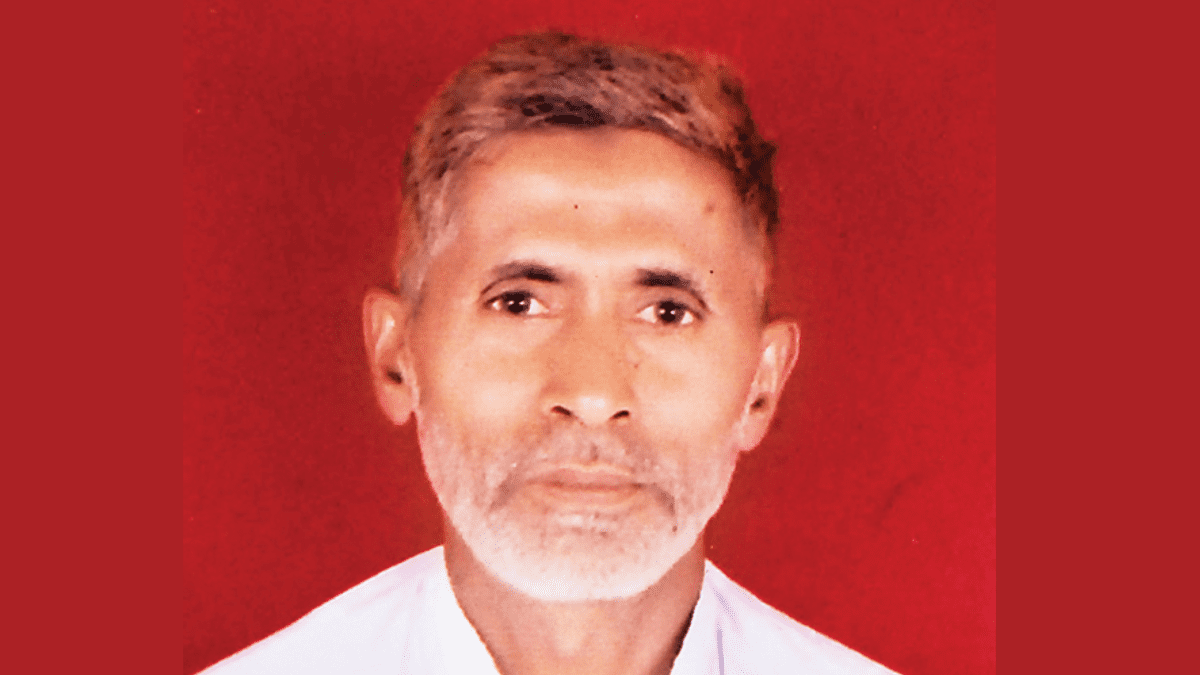
By Max Daly / Vice
This week, hundreds of millions of people in India and around the world are celebrating Diwali, the festival of lights. But in the English city of Leicester, recent confrontations between young Hindus and Muslims have cast a huge shadow.
The violent disorder shook the peaceful image of the Midlands city known for its textile industry, its football team’s miraculous achievement and its large Indian diaspora.
The unrest has unsettled communities here, but this is not just about one English city. It is instead a story about how a pernicious brand of right-wing extremism originating in India is using the positive and peaceful ethos of Hinduism as a vehicle to spread hate speech and division.
Intent on pushing the interests of Hindus while throwing other religious groups from India under the bus, it is a supremacist ideology that courts the far-right while galvanising an army of online warriors to silence its critics and spread fear.
People will be familiar with Islamic extremism’s devastating global consequences, and the threat of far-right white racist groups in the US and Europe. Yet, under the guise of spreading peace and understanding, this insidious far-right Hindu ideology, known as “Hindutva”, has successfully spent decades embedding itself under the radar in India, the UK, Australia, the US and Canada.
Experts and community leaders told VICE World News that the rise of Hindu nationalism in India has led to the emboldening of Hindutva outside the motherland. With the help of a network of charities and influential public figures, it is a movement that is building links with other far-right groups and targeting Muslims and Sikh diaspora communities across the world with a toxic mix of propaganda and violence.
The first obviously outward sign that something was amiss in Leicester came when India beat Pakistan at cricket on the last weekend in August. Normally in this city, an India win sparks good-natured celebrations. Most of its Hindu and Muslim diaspora hail from India and support the team. Yet this time, crowds of young Hindus were caught on video chanting, “Pakistan murdabad” (death to Pakistan). Fighting between Hindus and Muslims ensued, with police making several arrests for drink-driving and weapon possession.
A few weeks later, on the 17th of September, a group of around 300 Hindu youths in masks and balaclavas marched into a largely Muslim area of the city shouting “Jai Shri Ram” (“hail Lord Ram”), a phrase praising a Hindu God which has been twisted into a war cry by extremist lynch mobs in India.
Around 200 Muslim youths responded by marching on the city’s Hindu area. Footage of a flag being ripped off a Hindu temple by one of the marchers went worldwide.
A flurry of fake stories on social media, including one about a Muslim girl being kidnapped, threatened to turn the tit-for-tat insults and attacks into a full-blown riot. Then the unrest spread to Birmingham. Leicester’s mayor Peter Soulsby described the social media buzzing around the unrest as “very, very, very distorting…some of it just completely lying”.
Police regained control, eventually making 55 arrests. Of the nine people so far charged six, including a 20 year old jailed for 10 months, are accused of possessing an offensive weapon, two of drink driving and one of threatening to kill. Those charged had a mix of Hindu and Muslim names. Mayor Soulsby has ordered an inquiry into the disorder and said he believes Hindutva ideology was partly to blame.
“Hindutva” (literally meaning “Hindu-ness”) was coined in the 1920s by VD Savarkar, a man considered to be the ideological father of the movement. He was active in student politics in the UK, and was arrested in London in 1910 on multiple charges, including procurement and distribution of arms, waging war against the state, and delivering seditious speeches. He wrote that to be a Hindu is to be violent, that Hindus have been effeminate for too long and that they need to be fierce, aggressive, and assertive.
This story was originally published in vice.com . Read the full story here





